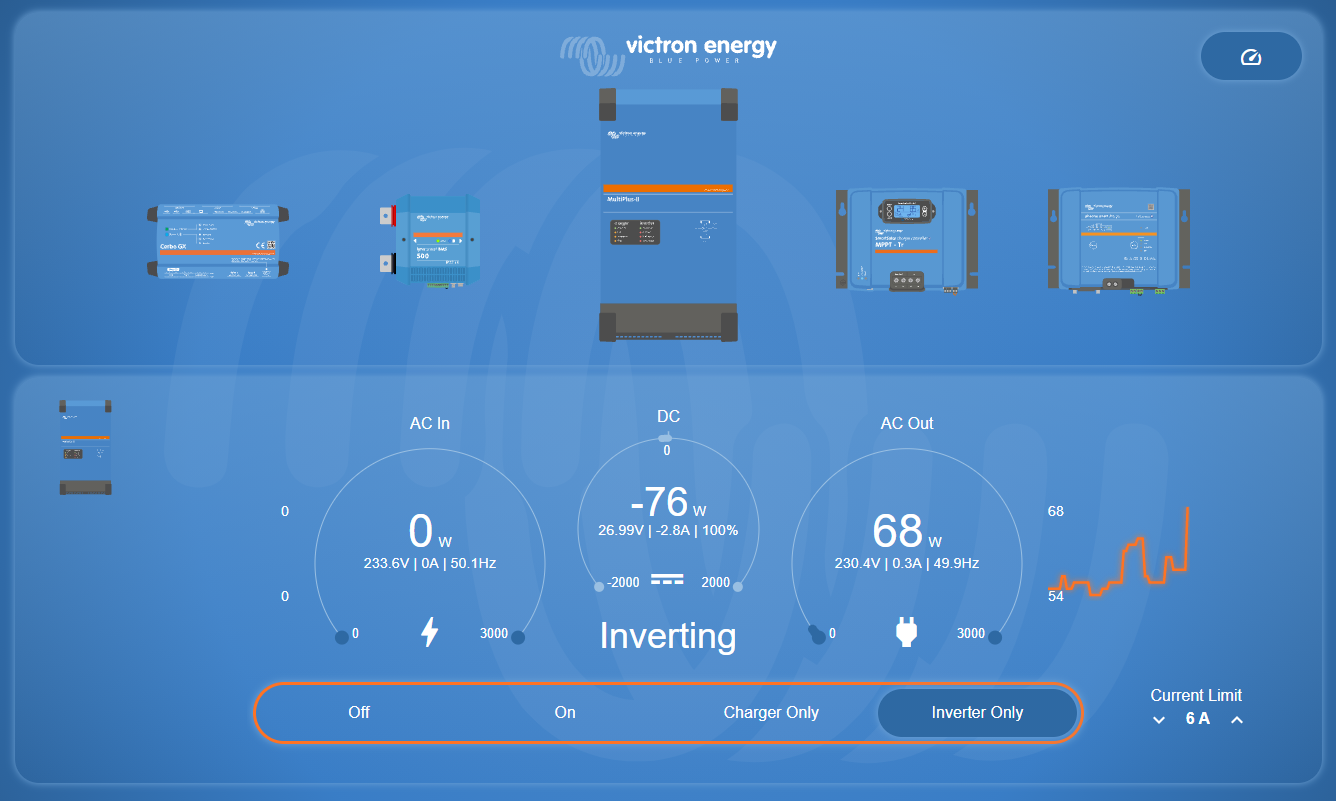Not sure if this is the right forum to ask, i.e. if Victron SW Engineering is listening in as well, but here we go: Are there any plans to finish the CerboGX (UX) and bring it to production quality or is it forever going to be a half finished product based on a 5 year old QML version?
Examples: With the 'motorhome mode' (or whatever it's called exactly) enabled half of the components on the UX don't show any values. Swiping left gives the same contents but in an even less useful display. Small boxes at the bottom of the screen for generator and such don't work and are useless, temperatures aren't shown on screen, remote functionality doesn't work, documentation is half finished, UX is poorly configurable, the list goes one. I am very impressed with Victron devices in general but the Cerbo is an exception and an almost useless piece of gear for such an expensive device.

